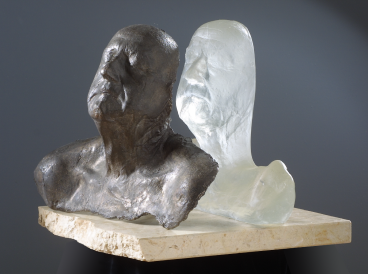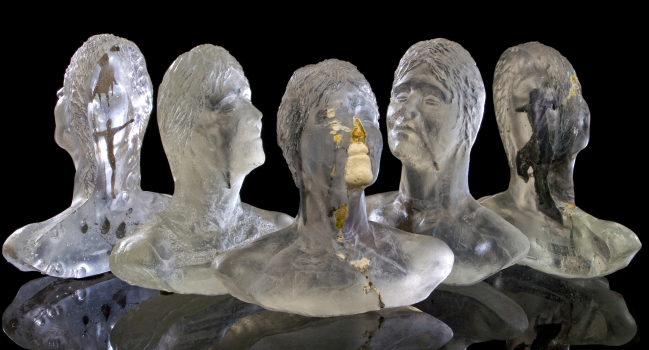
Analysis
My work is fundamentally concerned with where the truth lies, what truth is and why we do not try to better understand and be more tolerant of each other’s perspectives. What is truth? We often believe there is one singular truth, however any story of truth is consciously or unconsciously manipulated by the teller. I have always been interested in historical places that remain in everyday use today, such as the Medieval castle in Durham which now provides university accommodation. We pass by these places, not thinking about how much information is hidden in them, often we prefer to believe the myths we are told about the past, instead of investigating the true story. However, even if we do investigate the true story this is still mediated by the teller, it still has a viewpoint attached to it. This concept equally applies to people, there is so much that is hidden inside that we cannot see and even if we can, it is not truly possible to understand the story as experienced by the specific individual, presupposing that they understand it themselves. This was brought home to me a few years ago when I discovered, by accident, that I am adopted. I was shocked, but it helped explain the origin of some of the incomprehensible images I experience from my subconscious and illustrated how little of my “truth” I really understand.
What’s Left (2002) is a hollow bronze cast of my father’s head representing what can be seen beside a solid glass head representing his unknowable thoughts that can never be fully understood by anyone.
Self-portrait I and II, 2016
Inclusion of nickel, lead and tin alloy,
hot poured glass into a mould.
Photographed by David Williams.
Searching out the truth, trying to understand it more, is a process of research, problem solving and deep consideration. This is echoed in my exploration of what is technically possible using glass, particularly the scientific processes required to successfully use inclusions of different materials.
Even self-analysis of our own behaviour does not allow us to access our deepest thoughts and feelings. We may be scared to access the truth, hiding it deep within our subconscious, until it is lost and inaccessible. However, these hidden fears and emotions can still sometimes seep into our public appearance. This is reflected in Self Psychoanalysis V (2018) by allowing the images applied as inclusions to flow from the inside out resulting in damage to the surface of the face.


